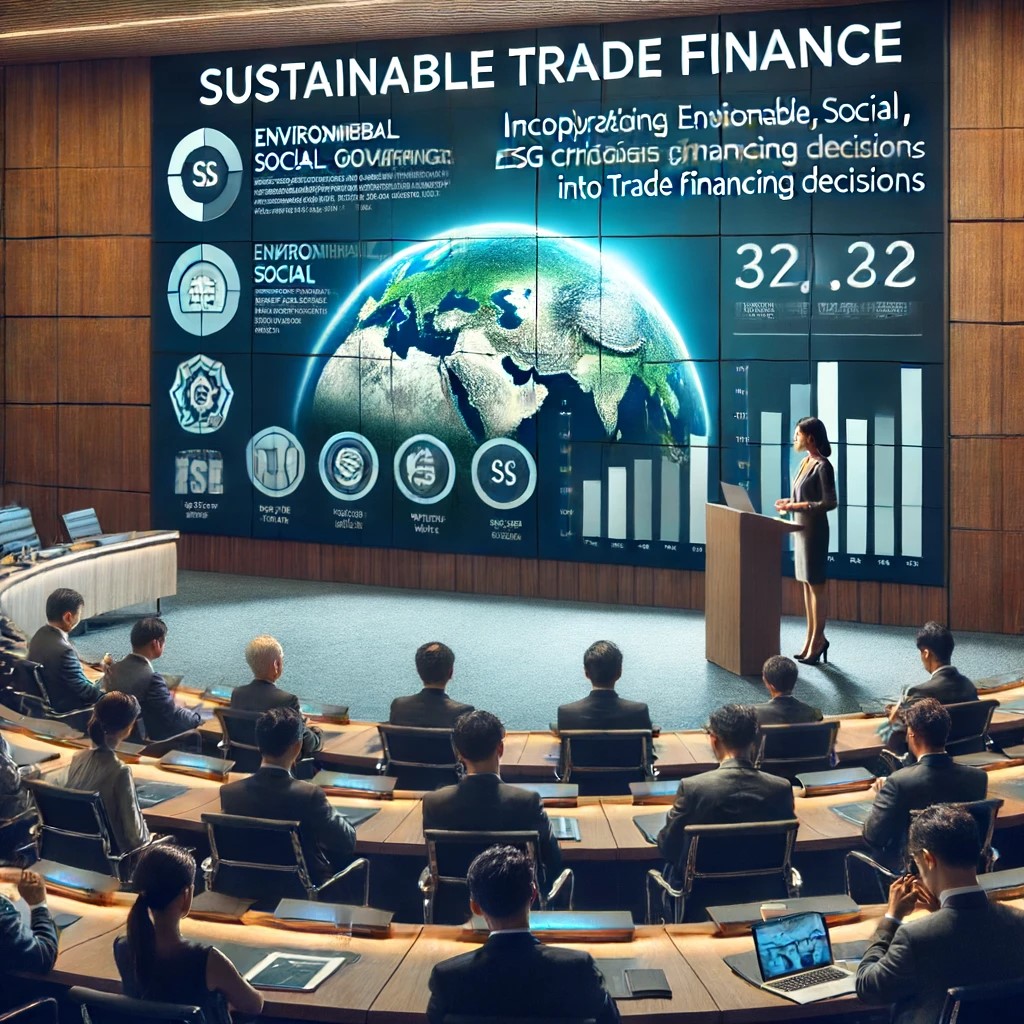Global trade financing is pivotal in facilitating international trade by providing the necessary capital to bridge the gap between exporters and importers. As globalization knits markets more closely together, the demand for innovative and efficient trade financing solutions grows. This article delves into the current landscape of global trade financing and explores the emerging trends and future directions that are shaping this vital field.

Current Landscape of Global Trade Financing
Trade finance represents a critical mechanism in the world economy, enabling the exchange of goods and services across borders. It includes a variety of financial instruments such as letters of credit, trade credit insurance, factoring, and export credit. Traditionally, banks have dominated this sector, but the landscape is undergoing significant changes due to technological advancements and shifting economic policies.

1. Dominance of Traditional Banks:
Banks continue to play a significant role in providing trade finance, given their extensive networks and ability to manage large transactions. However, they face increasing competition from non-bank financial institutions and fintech companies that offer more flexible and technology-driven solutions.
2. Impact of Economic Policies:
Trade tensions and protective economic policies, such as tariffs and trade barriers, have recently impacted global trade flows and financing. These challenges underscore the need for robust and adaptable financing solutions that can withstand geopolitical shifts.
3. Technological Integration:
Technology is becoming increasingly integrated into trade financing. Platforms that utilize blockchain and artificial intelligence are enhancing the efficiency and security of transactions. These technologies help streamline processes, reduce fraud, and increase transparency, making trade finance more accessible and reliable.

Emerging Trends in Global Trade Financing
1. Rise of Fintech and Digital Platforms:
Fintech companies are revolutionizing trade finance by offering digital platforms that simplify and accelerate the financing process. These platforms provide real-time data, automate paperwork, and connect small and medium-sized enterprises (SMEs) with potential financingsources.
2. Sustainable Trade Finance:
There is a growing emphasis on sustainable trade practices and financing solutions that support environmental, social, and governance (ESG) criteria. Financial institutions are increasingly considering the sustainability impacts of their financing decisions, driven by both regulatory pressures and market demand.
Future Directions in Global Trade Financing
1. Greater Use of Blockchain Technology:
Blockchain is set to play a transformative role in trade finance by enabling more secure and efficient transaction processes. Its ability to provide an immutable ledger and facilitate smart contracts will reduce the risk and complexity of international trade transactions.
2. Increased Regulatory Harmonization:
As trade finance continues to globalize, there is a need for greater regulatory harmonization to facilitate cross-border transactions. Efforts by international bodies to standardize regulations will likely increase, simplifying the compliance burden and encouraging more global trade.
Conclusion
The landscape of global trade financing is evolving rapidly, driven by technological advancements, changing economic policies, and a growing focus on sustainability. As the sector continues to innovate and adapt, it will play a crucial role in facilitating international trade and economic development in an increasingly interconnected world.


